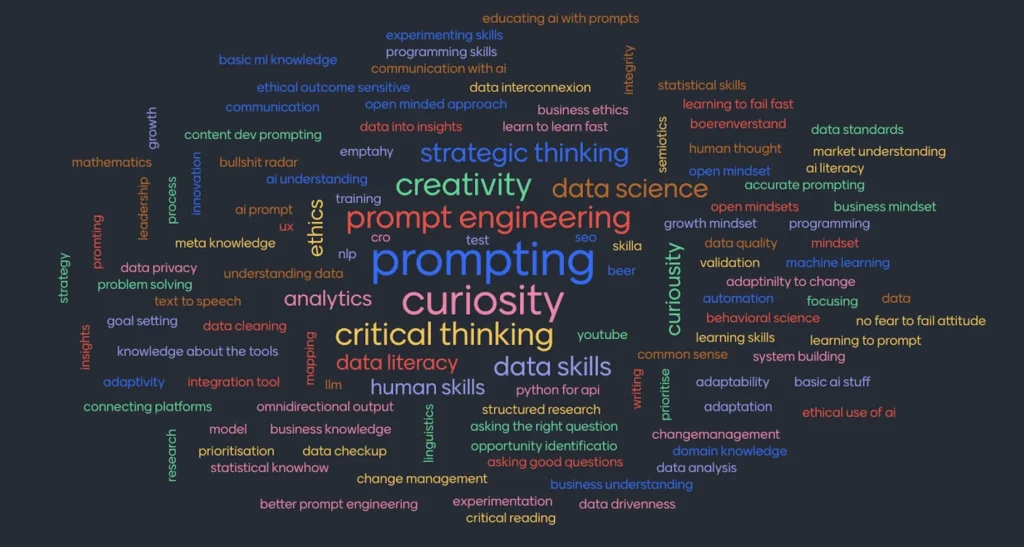We’ve all heard it: “First, define the problem.”
While sound in theory, in practice this mindset can trap organizations in endless loops of analysis, meetings, and slide decks. But the most transformative strategies—especially in AI and tech—begin not with whiteboarding the problem, but with building something. Anything. A prototype, a hypothesis, a system that forces friction and feedback.
Because building isn’t just an endpoint. It’s intelligence in motion.
Why Action Trumps Abstraction
In the world of AI consulting, abstracting the problem without a tangible path forward leads to decision fatigue. Clients often believe they need more information when, in truth, they need more iteration.
The “solution-first” mindset isn’t about ignoring the problem—it’s about engaging with it directly through design and engineering. You can’t solve for edge cases until you’ve mapped the edges. You can’t validate assumptions without a vehicle to test them. And you can’t optimize what hasn’t yet been built.
Building Is Diagnosing
Want to understand the true shape of the challenge? Start building. Your architecture will expose inefficiencies. Your systems will reveal resistance. Every line of code, every model trained, every use case mocked up—it all brings clarity.
Instead of waiting for the problem to be perfectly defined, put pressure on the system by testing the bounds of what might work. The insights that emerge will be sharper, faster, and more grounded than any theoretical session could deliver.
Speed Is a Strategy
Markets don’t reward perfection. They reward traction. Building the solution is how you create momentum, gather intelligence, and surface the real bottlenecks worth solving.
At Aedin Insight, we embed this philosophy into every engagement. Because while others are still mapping the maze, we’re already halfway through it.
Closing Thought
In today’s AI-driven world, the winners are not the ones who analyze the longest—they’re the ones who build, break, and rebuild faster than the competition can define the problem.
So next time someone asks for a meeting to “talk through the challenge,” hand them a demo instead.



